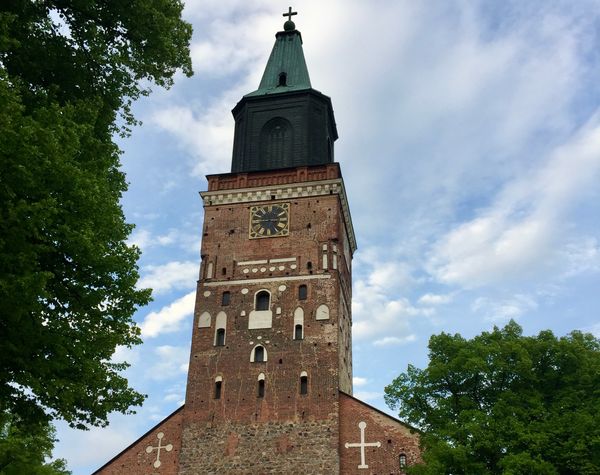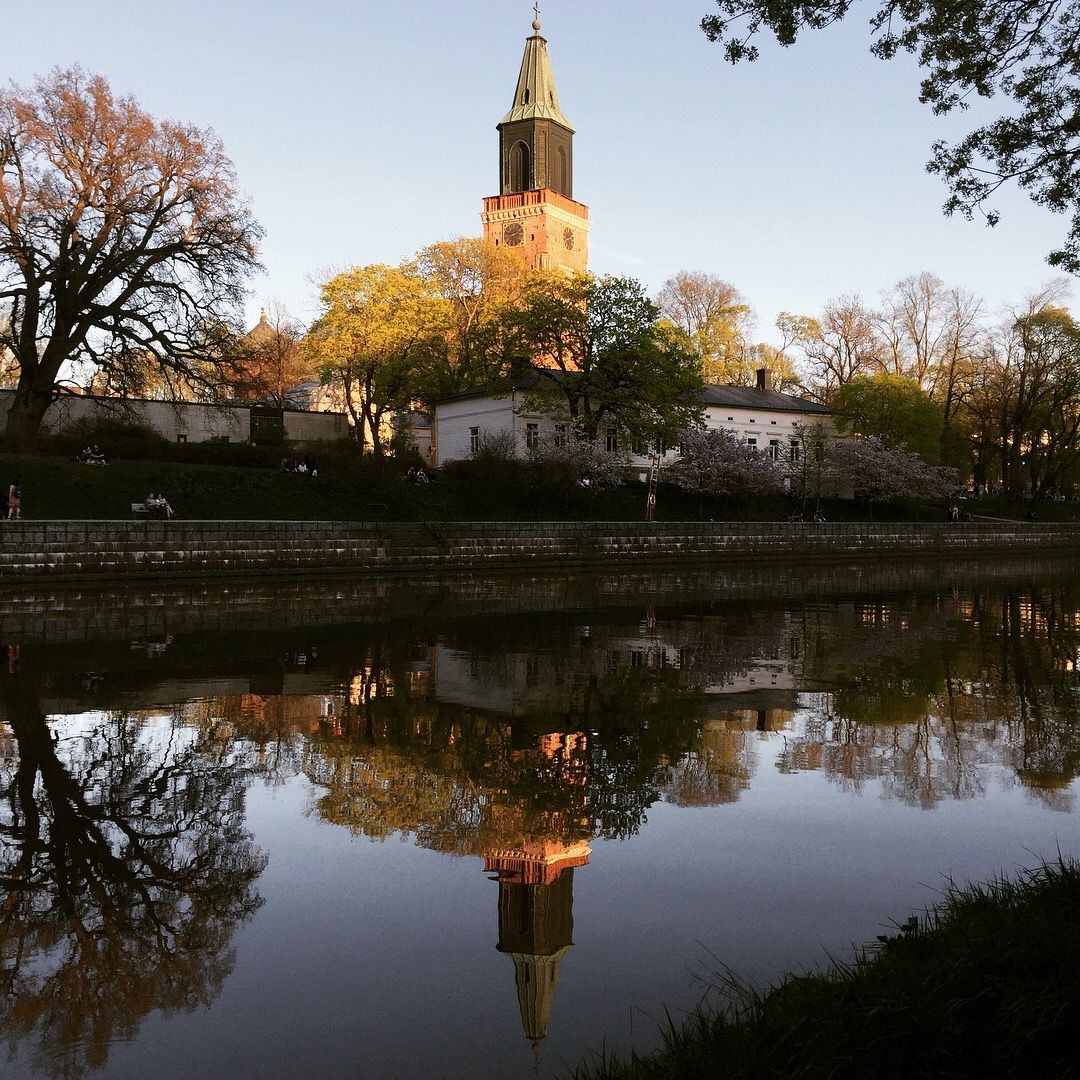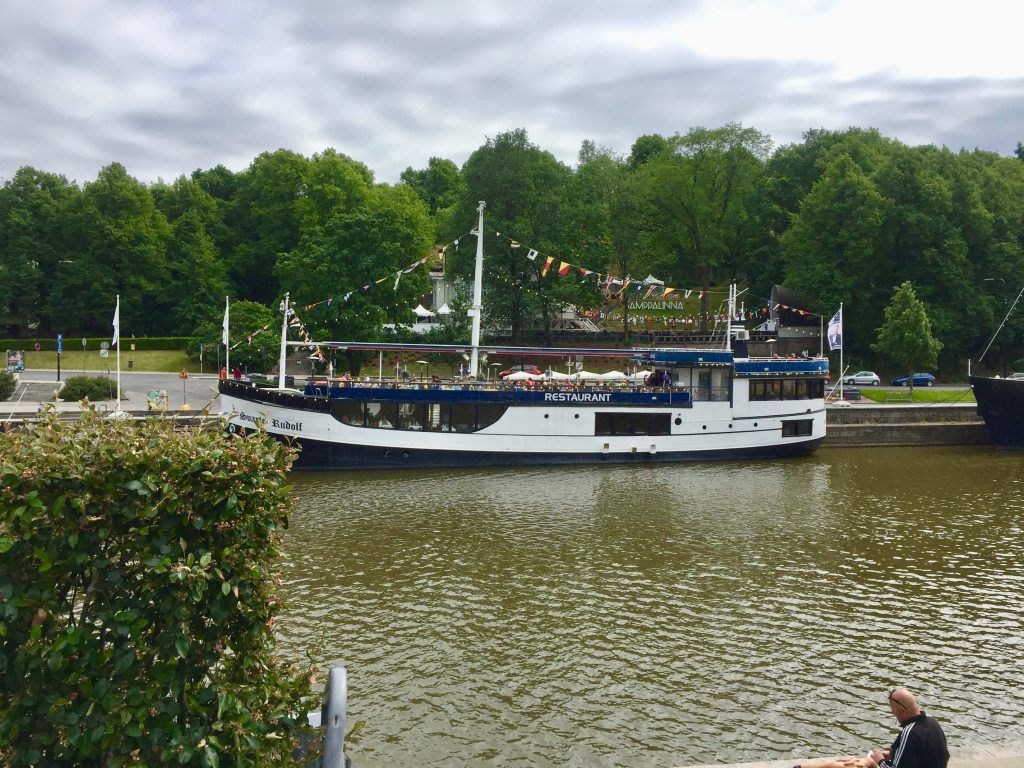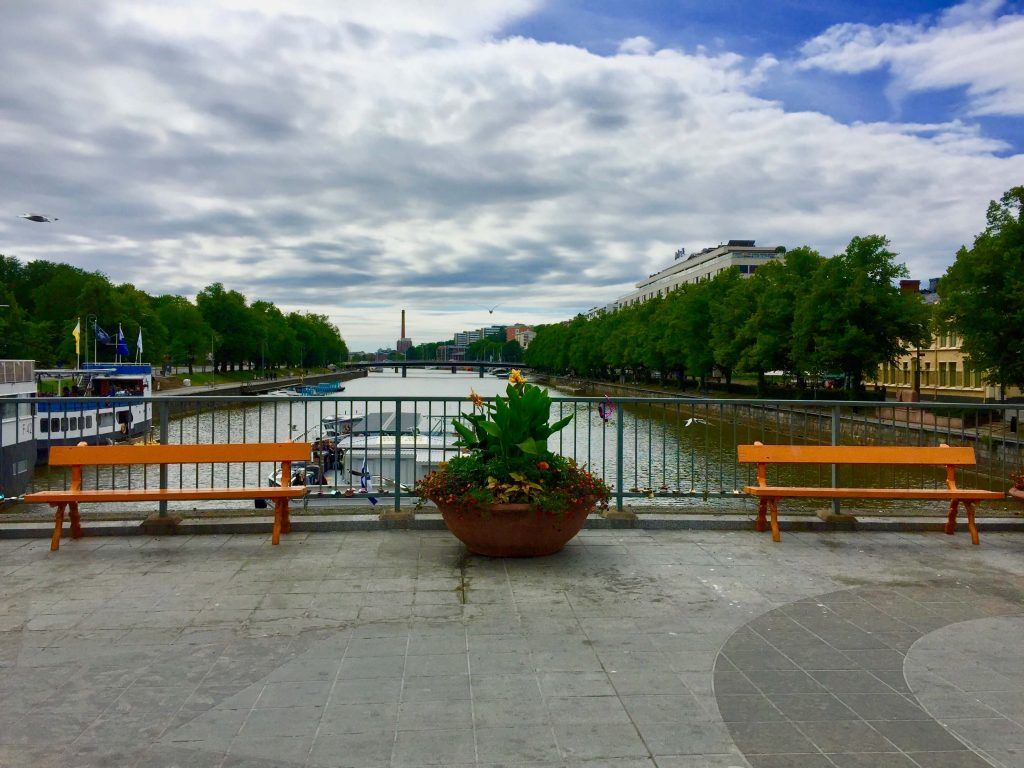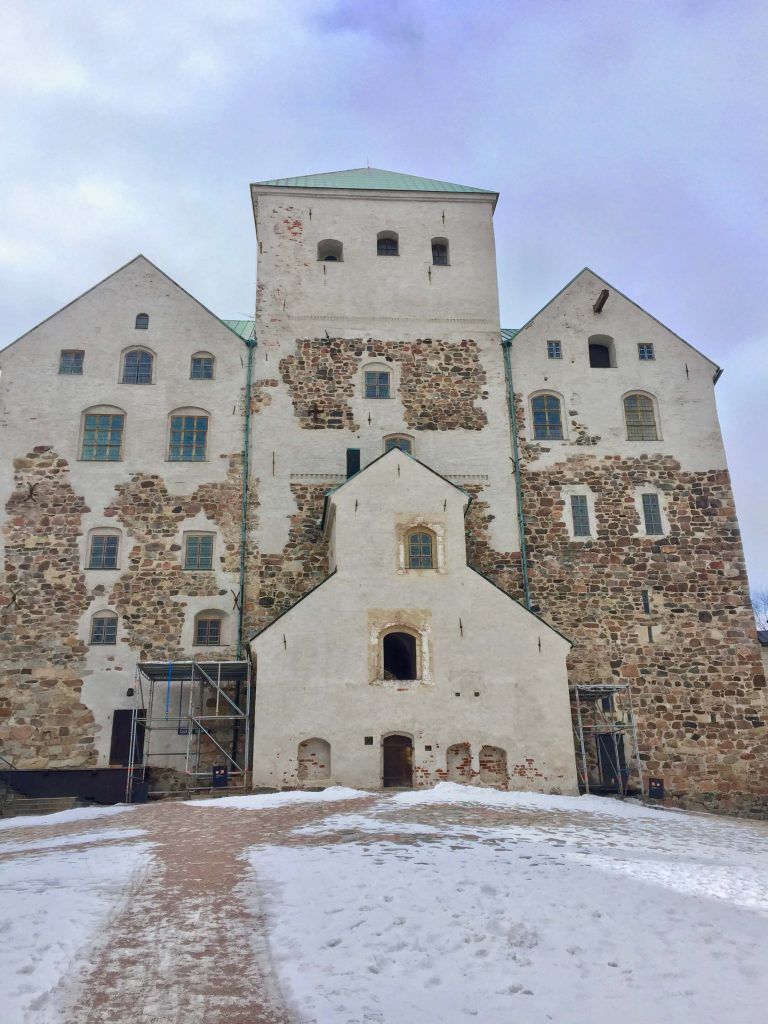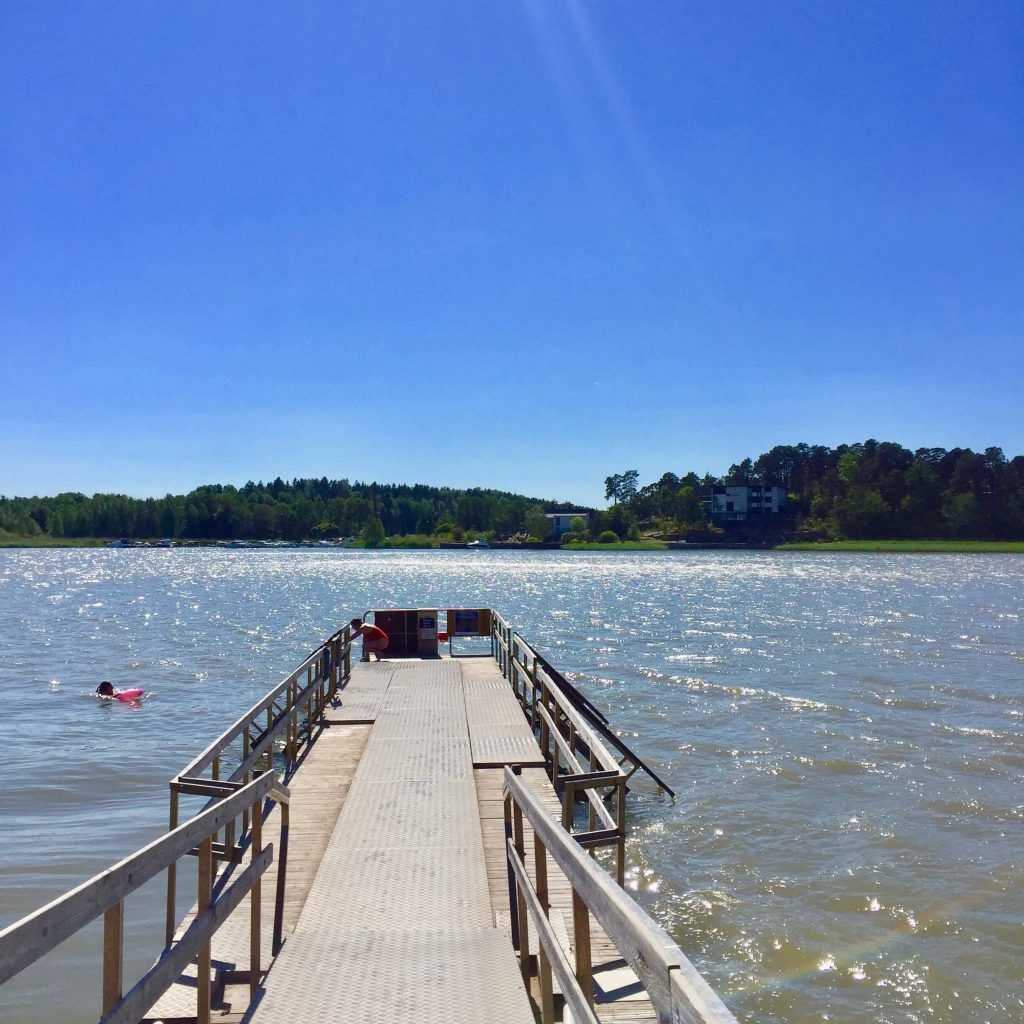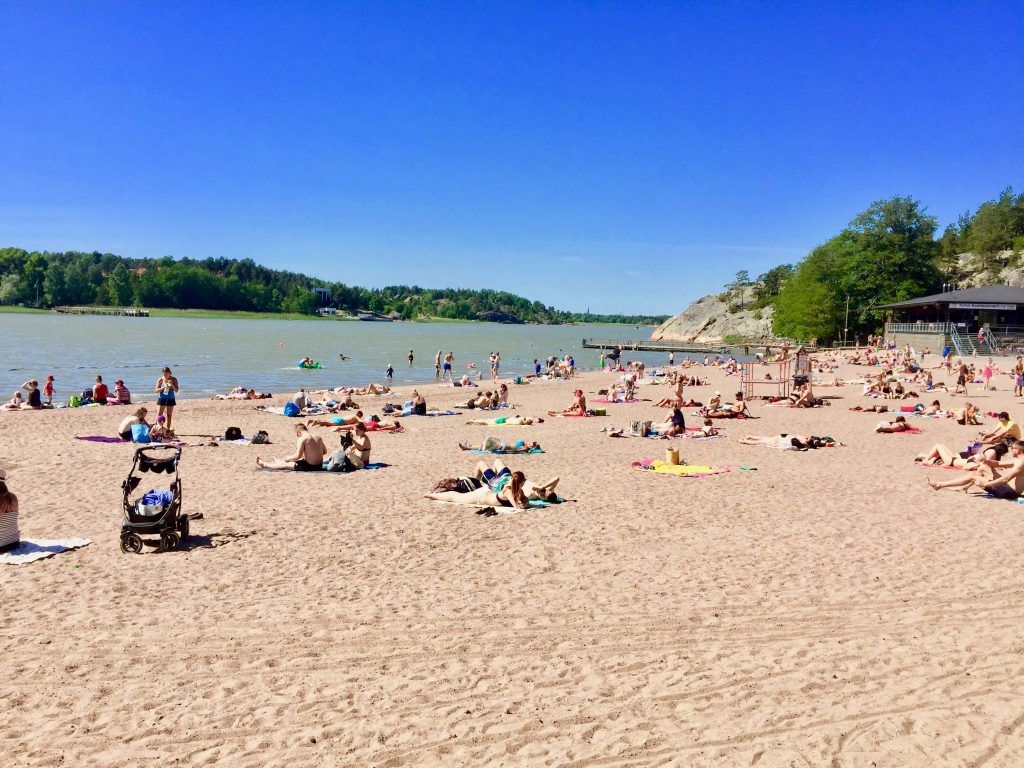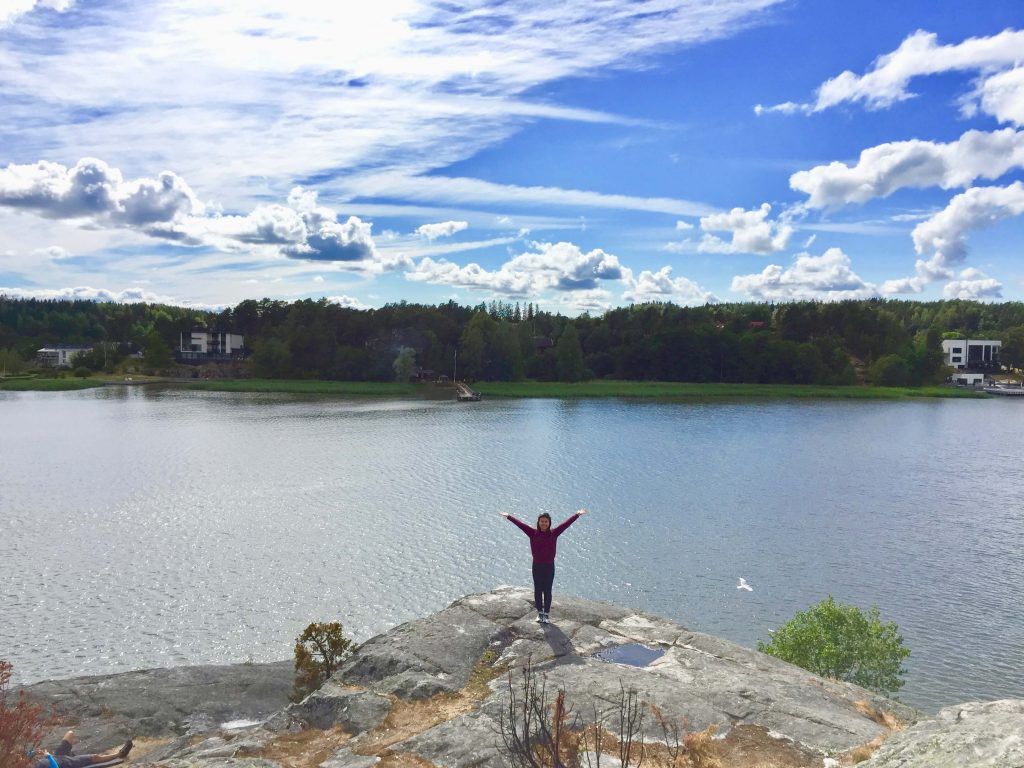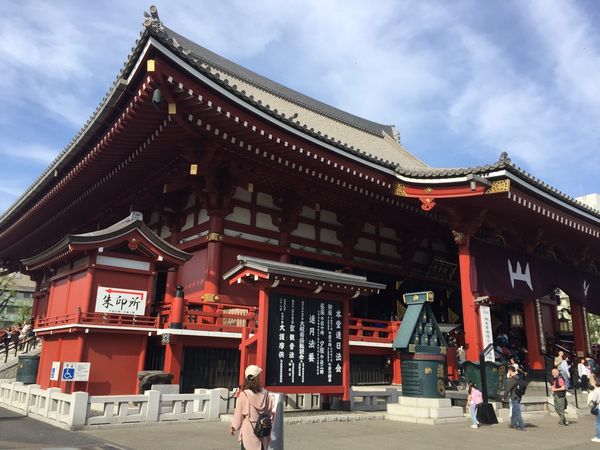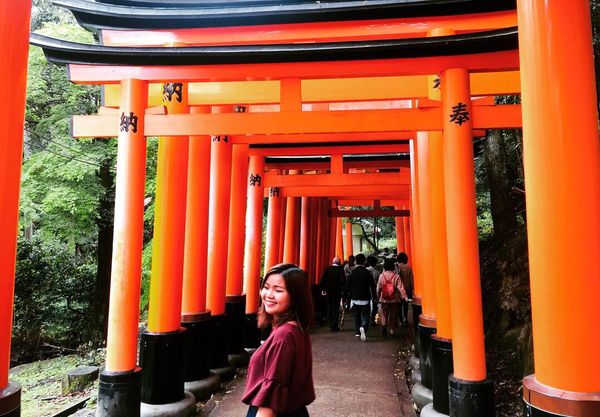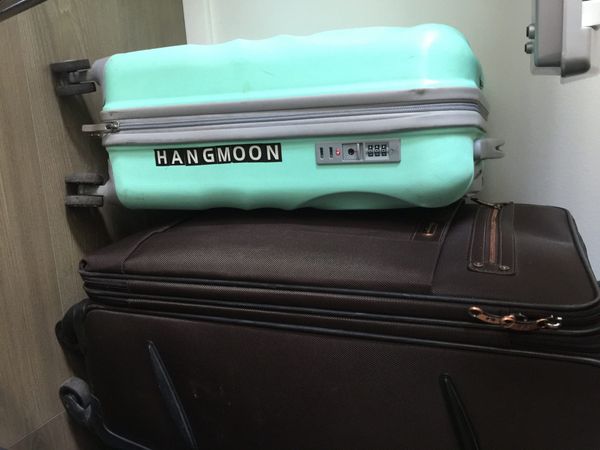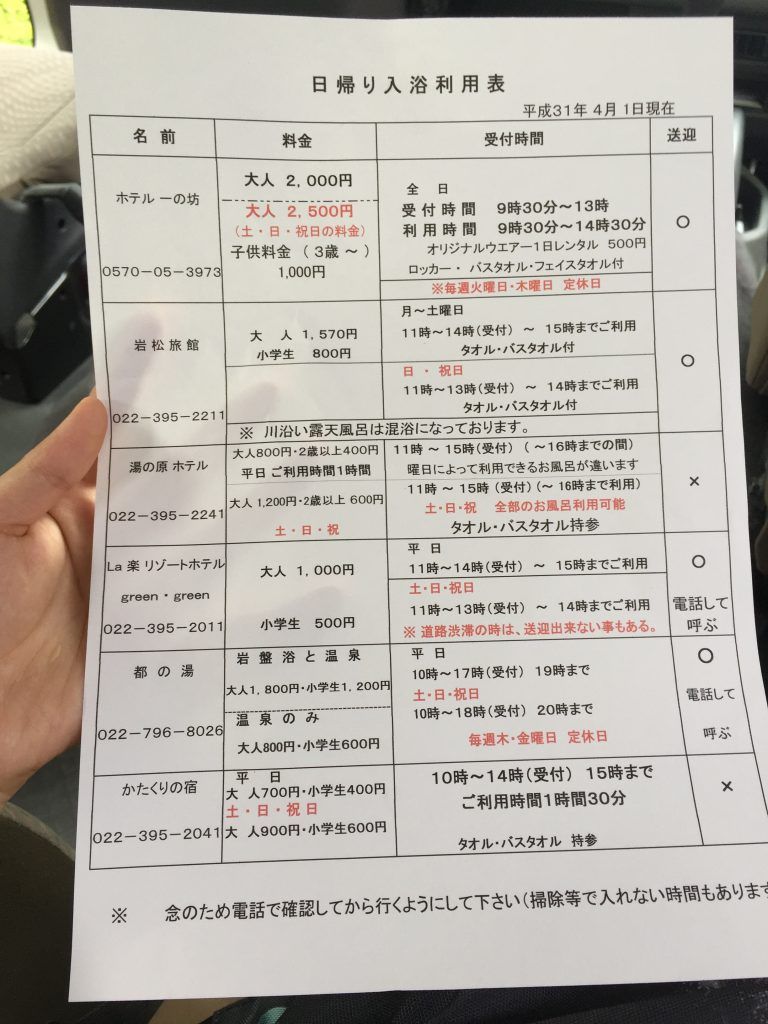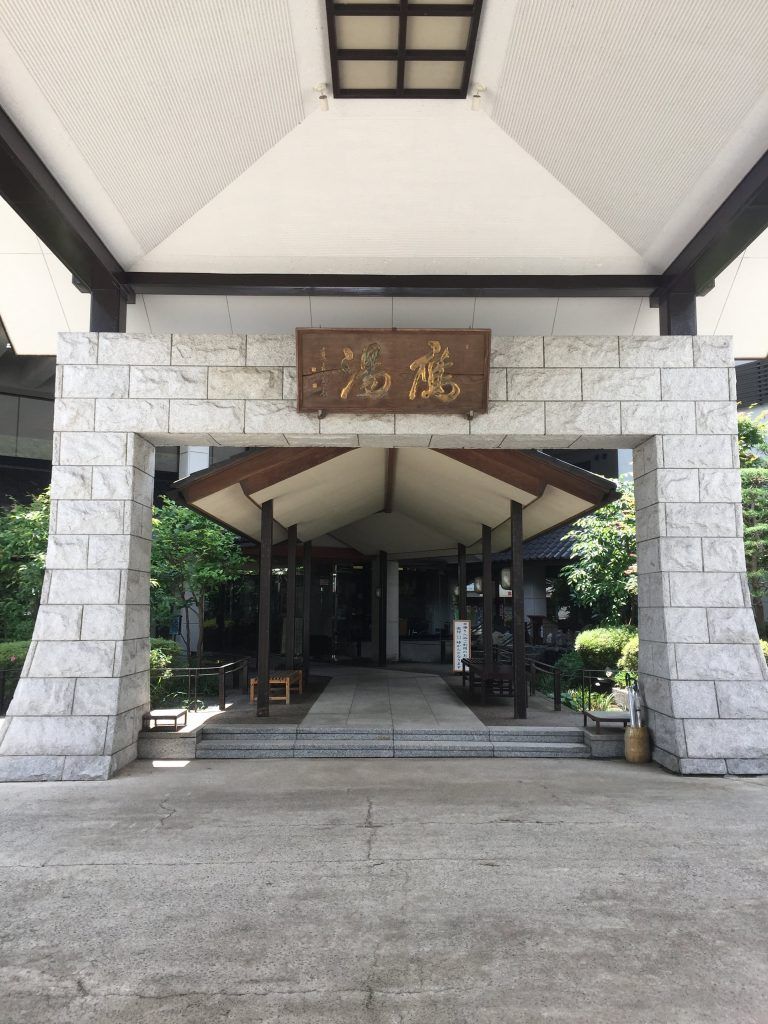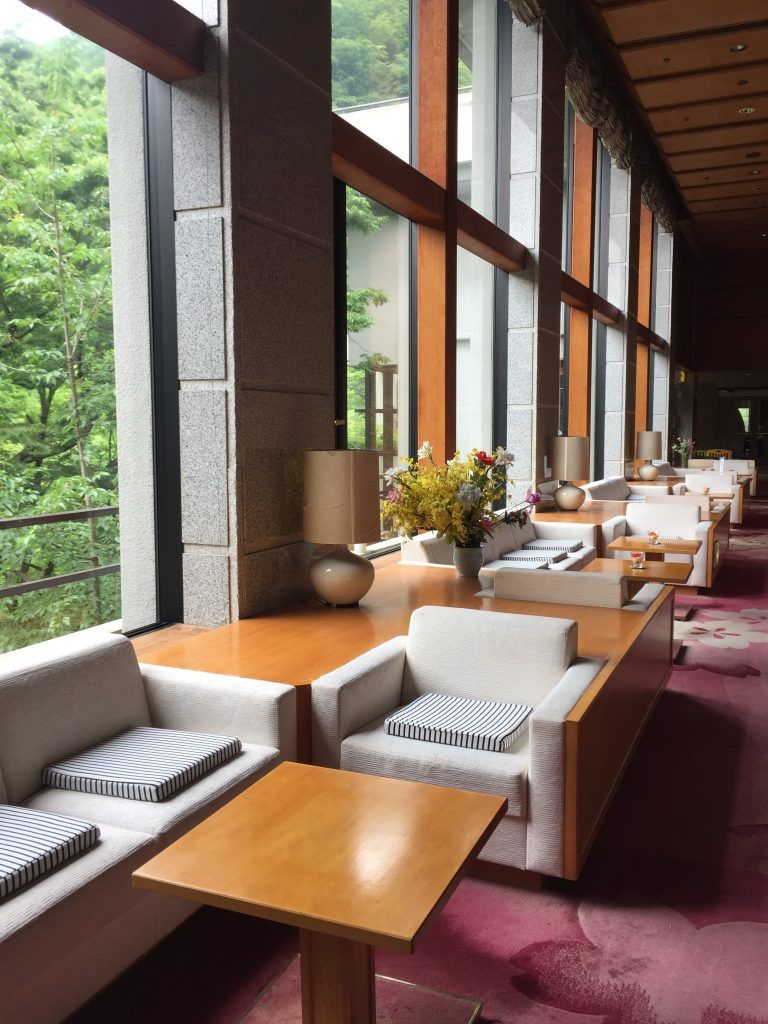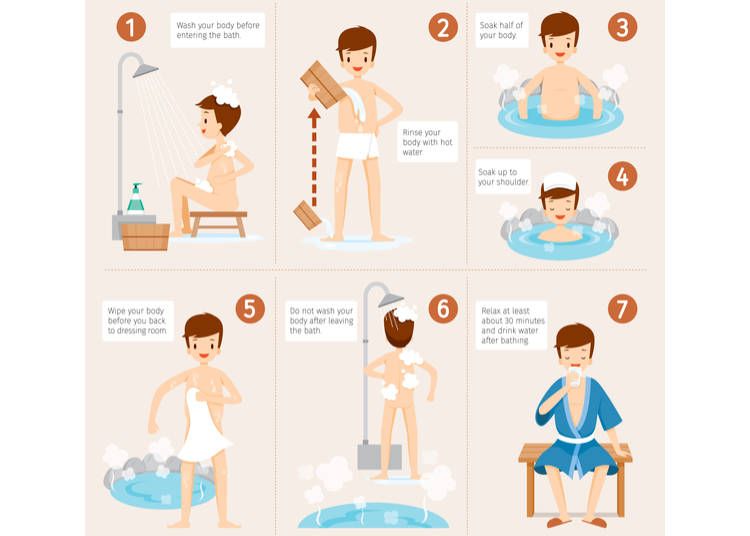
How my parents got to visit Finland: guide for visiting-friends-and-family visa application
Hi, it's been a while. This year, I finally checked one of the biggest boxes out of my bucket list: I brought my parents to Finland for a visit! I got to show them ways of life in Finland and a few other countries in Europe :)
In this blog post, I will share the process of applying for and getting a visiting-friends-and-family visa to Finland. As my parents know practically zero English, I was the one behind most of the paperwork.
As I am Vietnamese, I will write only about the experience of getting a visa from Vietnam. Hopefully it is similar in other places as well.
The process of getting a visa to Finland is stated quite clearly from this site: FinlandVisa. The visa type we chose to apply for was "Visiting family or friends" because I have been living in Finland for the past 6 years, so we thought this would be the most fitting type of visa.
I will go through each bullet point from the above website because they are the official requirements from Ministry for Foreign Affairs of Finland.
Visa application form with a photograph
To fill in the application, you could go to https://finlandvisa.fi/, create an account, fill in the application there and print it out later.
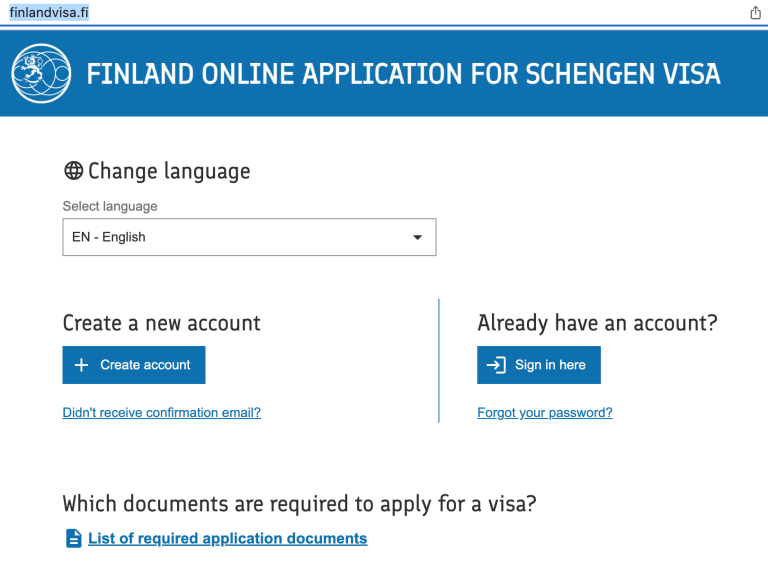
The application is quite straightforward, remember to fill in all the information accurately. At least the below info will be required:
- Name, Date of birth, Nationality, Marital status etc...
- Passport number and passport info
- Home address and phone number
- Occupation and employer's info
- Purpose of the journey
- If fingerprints were previously collected for Schengen visa
- Info of the inviting person (aka host/sponsor, in my case it's me)
- How the cost of living and traveling will be covered
After you are done filling in the info for the application online, remember to print it out and bring it with you later to the point of contact.
About the photograph: the VFS office in Vietnam offers the photographing service for a small price (about 2.5 euros per photo, see https://visa.vfsglobal.com/vnm/en/bel/additional-services). I advised my parents to use this service instead of taking photos beforehand, to make sure that the photo's size and quality are up to standard.
Travel document
This may be an obvious one, but for anyone who wants to travel outside of the country, a passport is mandatory. My parents have had their passports for a few years now, so this wasn't an issue. Make sure that the passport is valid for at least another 3 months after the planned departure date of your trip.
Travel medical insurance
I bought travel insurance from Swisscare because I used their service before and it was good. The cost for a travel insurance was pretty reasonable too, check it out here: Swisscare. Remember to choose Schengen Visa Insurance instead of International Travel Insurance because there's quite a gap in the prices. If your visa application gets rejected, you will receive a refund from Swisscare according to their policy (at least at the time of my purchase which was February 2023):

Documents confirming the purpose of the journey
Note: Any documents mentioned below will have to be translated to English and notarized, unless they have English on them already. Reserve a week for this translating process to make sure you have all of the documents in English versions.
Transport reservations
You need to submit flight reservations for the journey. If you don't want to pay the whole flight costs upfront and risk losing the money in case of visa rejection, there are sites out there that allow you to make flight reservation without immediate payment. That's what we did too. I submitted a flight reservation for the visa application and only paid for real flight tickets after my parents' visas arrived. In fact, this is the recommended way from FinlandVisa's site as well.

For Vietnamese speakers, I used this guideline to get flight reservations from VietnamAirlines. Print out the reservations after they arrived in your mail box.
Proof of accommodation
Because I am the inviter for my parents, their main accommodation is my apartment in Finland as they would be staying with me throughout the trip. This was stated in my invitation letter. If you want to visit other countries in Europe during your visit, then you need to provide the hotel reservations under this category.
To make things less complicated for the visa application, at the time of applying I stated in my application that my parents will be staying in Finland only, so there was no need to submit accommodation reservations and flight/train tickets.
Invitation letter
I wrote a simple invitation letter using the template provided by the Embassy of Finland in Hanoi (template here), signed it and sent the pdf version via email to my parents so they could print it out.
About the content of the letter, I tried to keep it simple. The followings were in my letter:
- Why I am inviting my parents to Finland.
- What we plan to do in Finland, which cities and from when to when.
- A little background info about my parents (their jobs, their day-to-day lives, their strong attachments to Vietnam, etc..).
- How the trip is financed (my parents could pay for it with their savings, and I as the main sponsor could make sure that all costs are covered, proven by my work contract and my most recent 3 months bank statements...).
- Where my parents will be staying at (my rented apartment).
- Promise to make sure my parents will leave Finland before the authorized visa's expiration dates. Example from my letter: "I will take full responsibility to make sure they leave Finland and return to Vietnam before the authorized visa's expiration dates. If you have any questions, please don't hesitate to contact me via the above-mentioned phone number or email. I would be happy to answer any questions related to my parents' visa applications from my side."
Proof of family tie
I had my birth certificate translated and notarized. The same went for my parents' marriage certificate.
Documents confirming applicant’s circumstances
A little background: my mom is a retired teacher and my dad works as a freelancer, in his case it means that he doesn't have any work contract or retirement plan.
Proof of employment
As my dad is still working as a freelance construction worker and sometimes as a taxi driver, he has only 1 paper translated and submitted:
- Certificate of car ownership
Because he doesn't have any official construction contracts, or at least he doesn't keep any of them anymore, he gave an explanation in his application justifying the lack of work contracts.
Proof of financial means
For both of my parents, the papers we submitted were:
- Bank balances of saving accounts, my parents had 2 separate saving accounts, at the time of applying they each had about 8000 euros in each account.
Note: There is a requirement for the money you need at minimum, which is 30 euros per day to get a visa to visit Finland (source here). In my parents' case, they intended to visit Finland for 25 days, which means they needed at least 750 euros each, but just to make sure I asked them to put a little more in their saving accounts.

- Certificates of land ownership
Proof of pension
My mom is the one that needs to satisfy this category, she submitted:
- Pension statement
- Bank statements of the most recent 3 months, which has the transaction of her pension reaching her bank account
Documents for third country citizens
Not applicable to my parents, they are both Vietnamese citizens with Vietnam passports.
That was the end of the document's requirements. Find below a checklist I made for my parents (translated to English today, for the audience of this blog post):
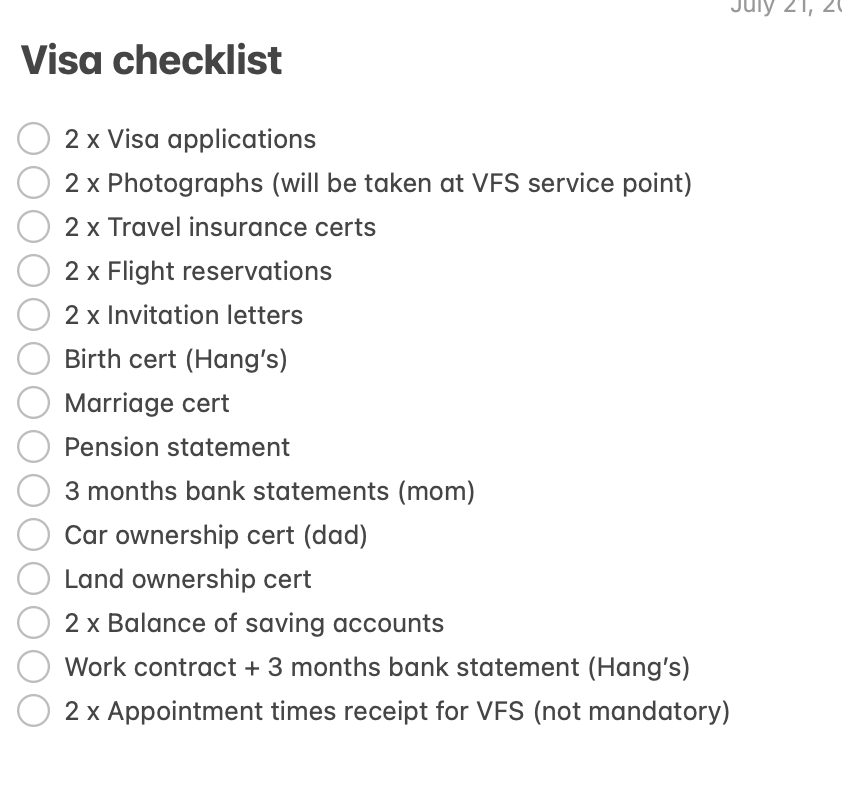
The visa handling process
So after all the documents are collected, translated and notarized, I booked appointments for my parents so they could go to the point of contact and provide their fingerprints (at VFS in Ho Chi Minh city). Appointment bookings for Vietnamese are done on VFS website. I booked 2 slots, one right after another for my parents.
After they had came to VFS service point in person to hand in their documents (including their passports) and provided fingerprints, about 2 weeks later their applications got to processing phase.
My mom got a phone call from the Finland Embassy in Vietnam. There was a Vietnamese woman acting as a translator. The Finnish person from the Embassy asked my mom a few questions such as:
- Who are you visiting in Finland?
- Where are you staying in Finland?
- Where do you get the funds to support yourself during the trip?
- How did you purchase your current assets? (house, car, etc...)
- Do you have any intentions of staying in Finland long-term?
My mom kind of answered the questions for my dad too so they didn't call my dad separately :D A tip: make sure you communicate with your parents clearly beforehand about what you wrote in the application, so that their answers match the info provided in the application. My impression is that even though I am the sponsor for the trip, the Embassy doesn't care about me or my financial situation at all. They only care about my parents' and tried to dive deep into their financial details and their ties with Vietnam.
About 3 days later, the Embassy called again to confirm the address and phone number of my parents, as they said they were about to send the passports back to my parents.
1 week later my parents received the passports with the Schengen visas stamping inside, yay!
Final words
I think the whole process was quite straightforward. The requirements were clearly written on all the official websites. The only hassle for my parents is translating and notarizing the necessary documents, as well as getting to VFS in person. The rest of the work could be done by me, remotely, from Finland.
Of course one could choose to use travel agency services for more convenience. But I hope by writing this guide, more people find it easier to invite their loved ones to visit Finland, it's a beautiful country <3
By the way, I made a video about my parents' trip in Helsinki, check it out: How my parents spent 2 weeks in Helsinki.
Cheers :)
If you find my content helpful, support me by buying me a boba:
https://ko-fi.com/hangmoon
https://buymeacoffee.com/hangmoon

